With its features you are able to build european medieval walled town, a modern parisian like city or even science fiction streets and buildings of the future. Your work can be based on maps or plans of any existing city or you can simply design your own from the scratch. Of course setting up all the parameters for every single object on the scene would be very time consuming. Therefore we are provided with several tools that can make all the hard work for us. Users can personalize their workflow and focus only at the ascpects they are especially interested in. In a result the very first scene in CityEngine can be created within only a few mouse clicks.

Instance City In Space made entirely within CityEngine
User interface
The user interface is nice and clean. All the windows can be easily rearranged and the final layout save into a file. In order to make navigation in a Viewport more intuitive you can choose the mouse scheme the same as in the software you are the most familiar with. Zooming, panning and tweaking our assets in a realtime is fast even when working on a heavy scenes. Although you will have to manage thousands of models at once you should not be worried. We can improve existing selection tools by using our own maps as references. This way models that are in a range of the colour defined by our image texture can be selected and edited all at once.

CityEngine's interface
Features
CityEngine is based on vary scripts that come in handy at any stage of our work. For instance the easiest way to create a city is to invoke a City Wizard. It lets us define terrain dimension, its maximum elevation, city's size, layout (general shape of streets and lofts) and building types. Still it uses only templates which may not be sufficient in most of the cases. More detailed projects needs slightly different approach. If we are not trying to recreate a real city we can draw the streets ourselves or/and develop them by firing up "Grow Streets..." tool. It generates desired number of streets and lofts according to the parameters given by the user. We can tweak the result by adding extra segments or using move, scale or rotate tool. All the changes are made in realtime which means that lofts along with buildings are automatically updated. It's extremly easy and really fun feature to play with.

Developing streets with a "Grow Streets..." tool.
Another way of creating cities involves importing all kind of plans or schemes of urban environment. CityEngine supports .dxf, OpenStreetMaps, .shp, .dae or .obj files that can be either terrain or building models. Imported shapes or objects do not have to be complicated as long as we can develop them right inside the programm. Such operations are possible due to unique rule based modelling system. Each rule defines the look of selected initial shape or object by adding extra geometry, textures or even whole facadas for chosen buildings. Although we can reach for rules that are already built within CityEngine sometimes it's not enough. Unfortunately modyfing rules or writing the new ones is not that simple. If you have no experience with programming or node-based systems you may feel confused. There are no hints, no good explanationes of how to use attributes or components that are essential at this stage of our work. I found the node editor a bit difficult to navigate and not clear without extreme zooming in. The Tutorials that are available at www.procedural.com are just a good introduction to the subject that needs a lot of further practise on your own. Nevertheless the topology of generated models and their textures are definitely top-notch.

editing .cga rule shown as a text and node scheme.
CityEngine is a multi level application that can be used by both amateurs and more advanced users. The first ones may appreciate its auto-generate scripts but the software has so much more to offer. That's why we are provided with a great quality free Training Materials such as tutorial videos and project files. Needless to say help documentation system consits of 550 pages filled with detailed description of every single option along with many tutorials. Moreover we can participate a free personal online demo to see the programm live in action and discuss how our production pipeline may benefit from it. There's also a forum where we can exchange our experiences with other users or just ask for an advice in case of any problems with CityEngine. I would also like to mention the fact that members of Procedural contact their clients via e-mail just in order to ask them about the evaluation of the programm so far. They are willing to answer any question and consider developing software according to the client's needs.

Streets, lofts and buildings are updated in a realtime to fit the new shape of the city
Summary
CityEngine is an amazing application that fits user expectations. It doesn't matter if you are looking for a fast way of generating cities or more complex application that lets you control every single element on the scene. The programm adapts to the current task and it's up to the user how many things can it entrust. Building streets, lofts and buildings is fast and brilliant as it involves rule-based system. However triggering the application of the rules on the selected initial shape requires some scripting knowledge that not everybody posses. Although there's an impressive support section at the Procedural homepage some of the tutorials are not up-to-date and quite hard to follow. Learning all the CityEngine features needs a lot of time and patience but definitely pays off. A quick glance at showcase webpage prooves that the programm has a potential everyone should be really aware of.
Official product page:
https://www.procedural.com/
Customer zone
Your special offers
Your orders
Edit account
Add project
Liked projects
View your artist profile
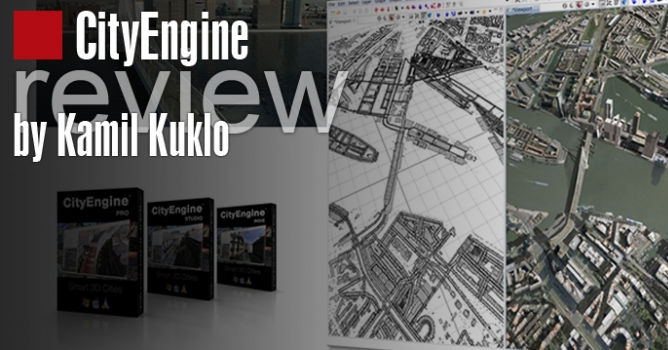











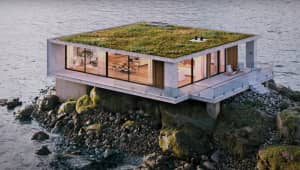





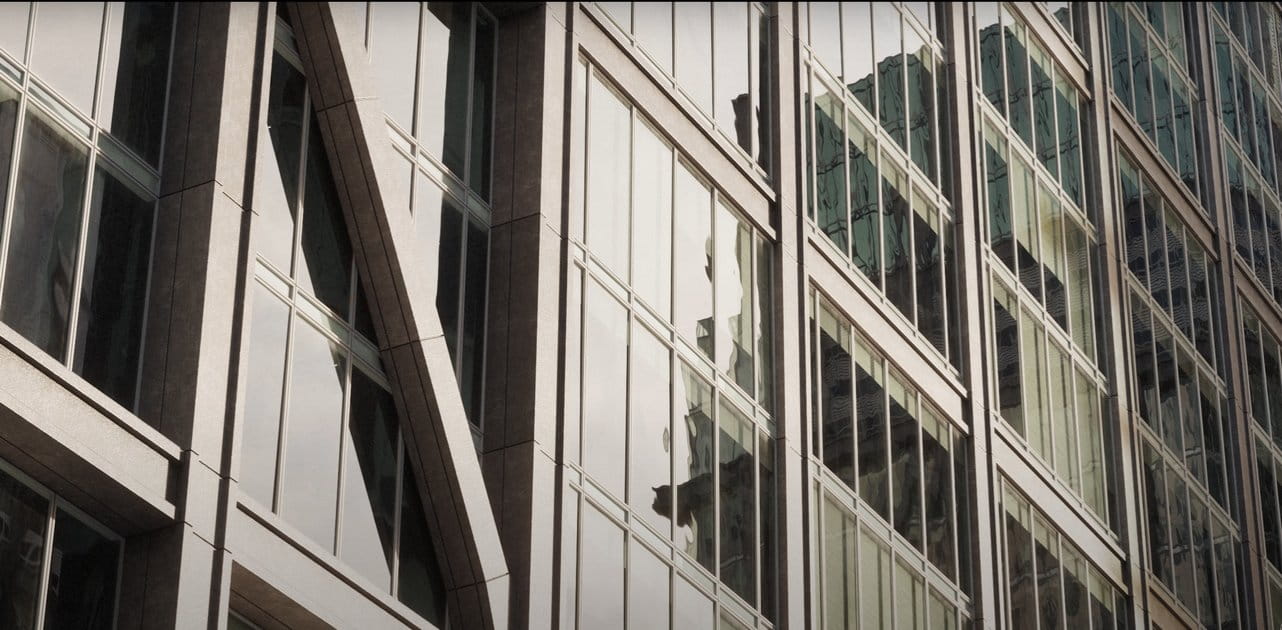
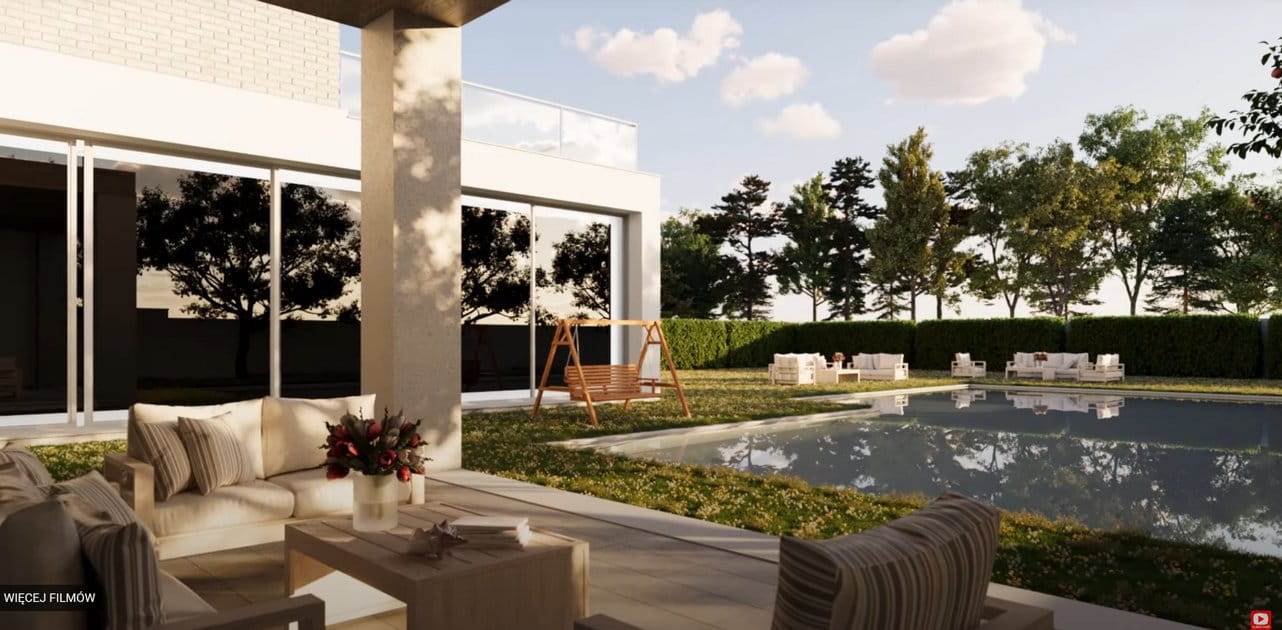

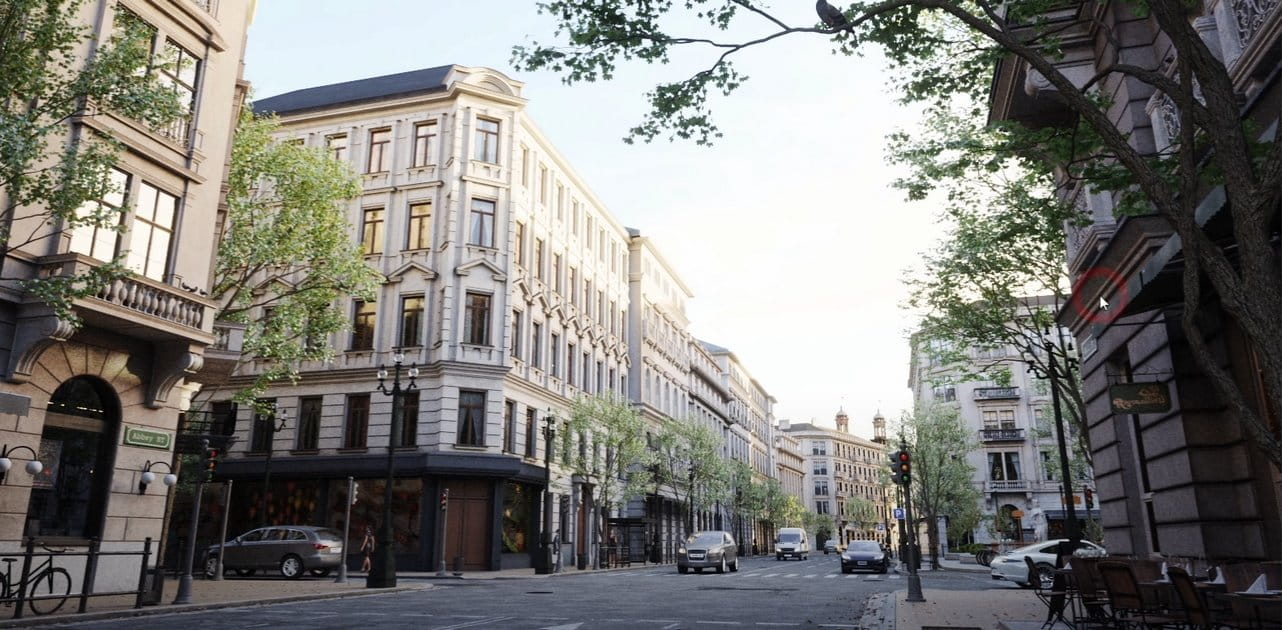






COMMENTS